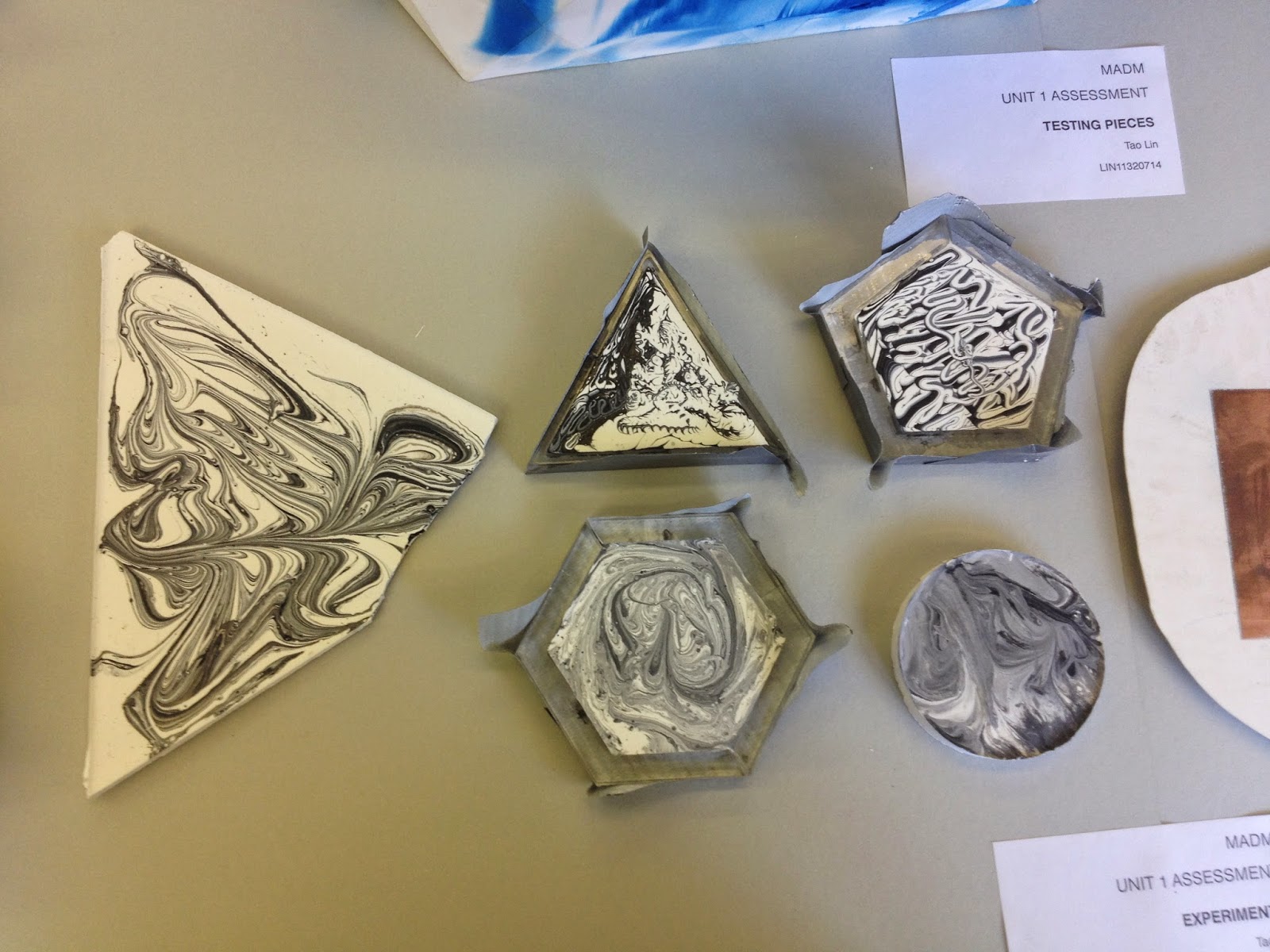Interview - Sun Kim, ceramist
30/10/2014
Biography
Brought up in Brazil, Sun Kim is a Korean potter who moved to the UK in 2004 to begin her assistantship with Edmund de Waal. Having studied ceramics in Sao Paulo (Brazil) and Alfred University in America, in 2007 she set up her own studio in London where she continues her practice.
Interview
Y: How long have you been working with ceramics?
S: 24 years. I worked as full time ceramist since 2007.
Y: How was your path of learning and working with ceramics?
S: I did BA: Fine art in Brazil at first, where ceramics was not so popular that I went to America to do the second BA in 2001, specialising in ceramics. Then I came to London in 2004, working as an assistant in an artist’s studio. In 2007, I started my own studio. For me, it was a really good start by working with somebody. It was a non-paid job, but at the same time, you can learn where to show, how to be a potter, or run it as a business for living. So by the time, when I decided to finish my working experience, I have already had this base. I learnt a lot, and I have already sold my work. I knew I can do it. It was easier when I set up mine.
Y: Was there a special moment that you decided to work with ceramics?
S: Yes, I think that came when I went to BA in brazil. The BA took 4 years, covering everything, such as printmaking, sculpting, and ceramics. We learnt basically everything, without actually specialise in anything. I was introduced to ceramics. I never thought before. But I was completely like ‘this is it’. Since then, I really wanted to pursue the skills. Because it takes a long time to become professional.
Y; Could you tell me the concept of your work?
S: Pottery, fairly minimal, geometric.
Y: I noticed that there are some interesting angles on your work.
S: Yes, those are quite new. But I am interesting in working with material itself that I am trying to explore the different ways of working with clay. I intend to start on the wheel, and finish on the table. Because I am cutting, and shaping. The key elements of my work are not drawing, painting, or decorating. It’s about forms, shapes, and volume, in a more abstract way.
Y: Did you ever have a moment that you want to escape from ceramics, and do something else?
S: No, It is not easy to be a ceramist. Studying ceramics in the institution is really different from working as a professional. That you have to make money out what you make. I think, at school you explore and experiment that you don’t have too much responsibility on your shoulders other than just experimenting your ideas. When you get outside of the school, taking it as your mean career, we all need to survive. You have to balance your creativity and also make money. I always struggle with myself, but it never occurs to me to stop what I am doing. I always think there is some other way to make it better.
Y: Yes, say if the skill is not good enough, and the success rate would be quite low.
S: Yes, you have to think about your financial situation.There are so many things involved. It is not just coming into the studio and making work. You have to creative and produce new work and design, but also emailing to people, your clients and galleries, photographing your work, updating your website. There are quite a lot to do.
Y: Do you know what you want to achieve in the future?
S: No…
Y: Some people could be really ambitious.
S: Yeah, but I don’t know. I am not the kind people always make plans or goals, like my work is going to be the V&A, or something.That, of course, helps for your profile. But for me, I think my struggling is everyday in the studio, and want to make something better everyday. I think first it should come from the studio, and everything would follow, instead of people dreaming about outside of work, really good at marketing, but actually the work is not so good. I tend to be quite cautious about that. I want to be in the studio, and make something better, something better. Because work is always in the progress, isn’t it. It never finished. You make something and think, “Oh, maybe next time I would change this and this”. Keep progressing is my ambition. Could be simple. Some people really good at networking, and that will help. But I think if the work is really good, everyone will recognising.
Y: Now we have to start to consider what we are going to do after our graduation. However, it’s difficult to get a visa here. Did you have visa problem during the time?
S: I don’t know nowadays. It was a very different situation in 2004. I came to work as an assistant, but I could not get a visa, because it was not a pay-job. I enrolled in a diploma course, studying during morning and working as an assistant after that. I did for a year, then started to exhibit in the fairs. And I managed to get an artist visa for 5 years. Later I got my permanent residence. But now it is very different from ten years ago. I know it is really hard for art students to stay here after graduation. How? Unless it is a full-time job in a proper company.
Y: I didn’t know that they had artist visa.
S: Yes, so that has changed. I was lucky. I just finished my artist visa and I found that there is no longer exists artist visa.




















































































